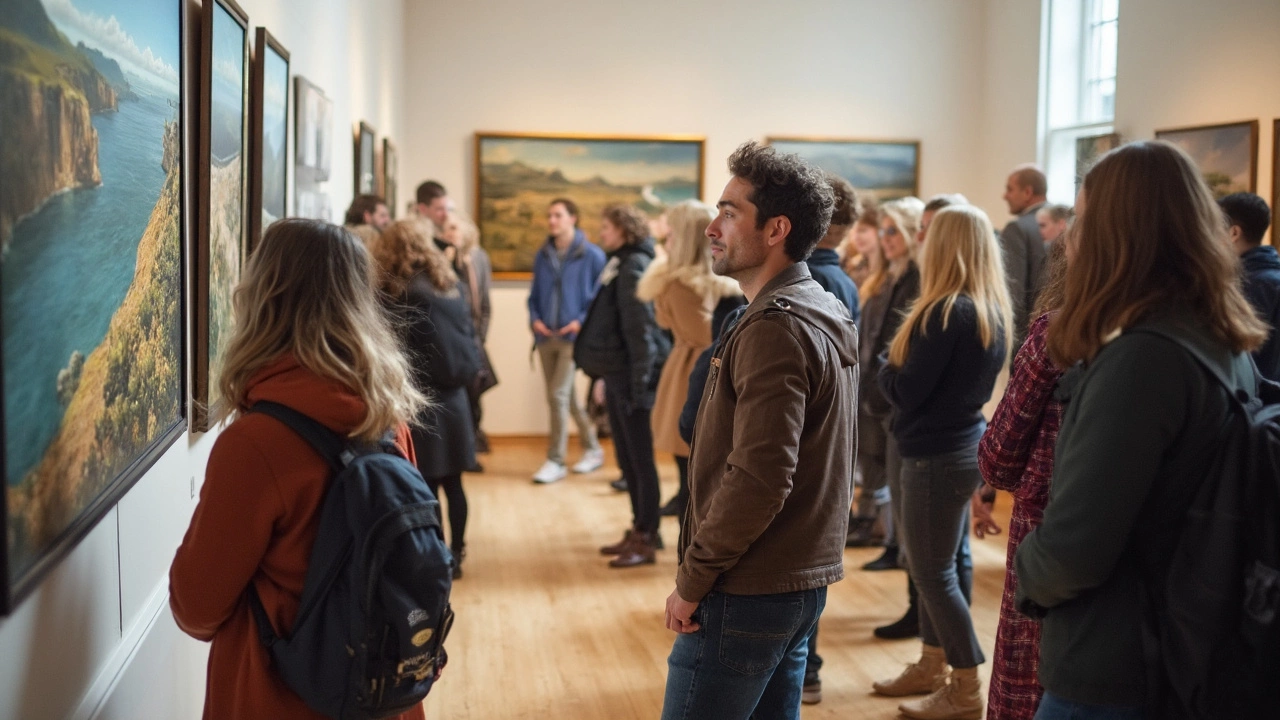Nature Painting Made Easy: Quick Tips for Real‑World Landscapes
Want to capture the feel of a forest, a beach, or a mountain in paint without overthinking? You don’t need fancy theory – just a few solid habits and a clear plan. Below are the steps that help turn a photo or a walk in the park into a painting you’re proud of.
Choosing the Right Colours for Nature
Start with a limited palette. Pick one warm hue, one cool hue, a neutral, and a bright accent. Mix these to match sky, trees, water, and ground. You’ll notice that a green mixed from blue + yellow feels fresher than a store‑bought tube, and it adapts better to light changes.
Look at the scene’s dominant temperature – early morning is cool, late afternoon is warm. Adjust your mix by adding a touch of the opposite temperature to keep the painting balanced. This trick stops the colours from looking flat.
Composition Basics for Outdoor Scenes
Imagine the canvas split into three equal parts, both vertically and horizontally. Place the horizon or a key tree along one of those lines, and let the focal point sit at an intersection. This simple rule of thirds gives your nature painting instant visual interest.
Keep the foreground busy and the background simple. A few strokes of grass or rocks in the front add depth, while a soft sky behind keeps the eye from wandering. You don’t need every leaf – suggest rather than render.
Light is your best friend. Notice where the sun hits and where shadows fall. Paint the lit side first, then layer darker tones for shadows. Using a thin glaze over dry areas can bring out the glow without reworking the whole section.
Brushwork can tell a story too. Use a flat brush for broad sky washes, a filbert for tree trunks, and a small round for fine details like blades of grass. Switch quickly; the variety keeps the surface lively.
Don’t forget atmospheric perspective. Objects farther away appear lighter and less saturated. Pulling back colour intensity as you move back creates a sense of space without adding more elements.
Practice by sketching quick thumbnails before you start the final piece. A five‑minute sketch helps you lock in composition and colour relationships, saving time when you actually paint.
Finally, step back often. Seeing the whole painting from a distance shows you if the colours clash or if the composition feels off. Adjust in small increments – it’s easier than repainting large sections.
With these habits you’ll notice progress after each session. Nature painting isn’t about perfection; it’s about conveying the mood you felt in the moment. Grab your brushes, head outside, and let the landscape guide your hand.

15 May 2025
Discover who truly captured nature with jaw-dropping accuracy in landscape painting. This article digs into the roots of realistic landscapes, highlights top artists, and shows how these painters turned rough sketches into lifelike scenes. You'll grab practical tips on spotting realism and some fun trivia that makes the art world way less stuffy. Whether you're an art newbie or just want to drop some facts at your next hangout, we've got you covered.
Continue reading...
